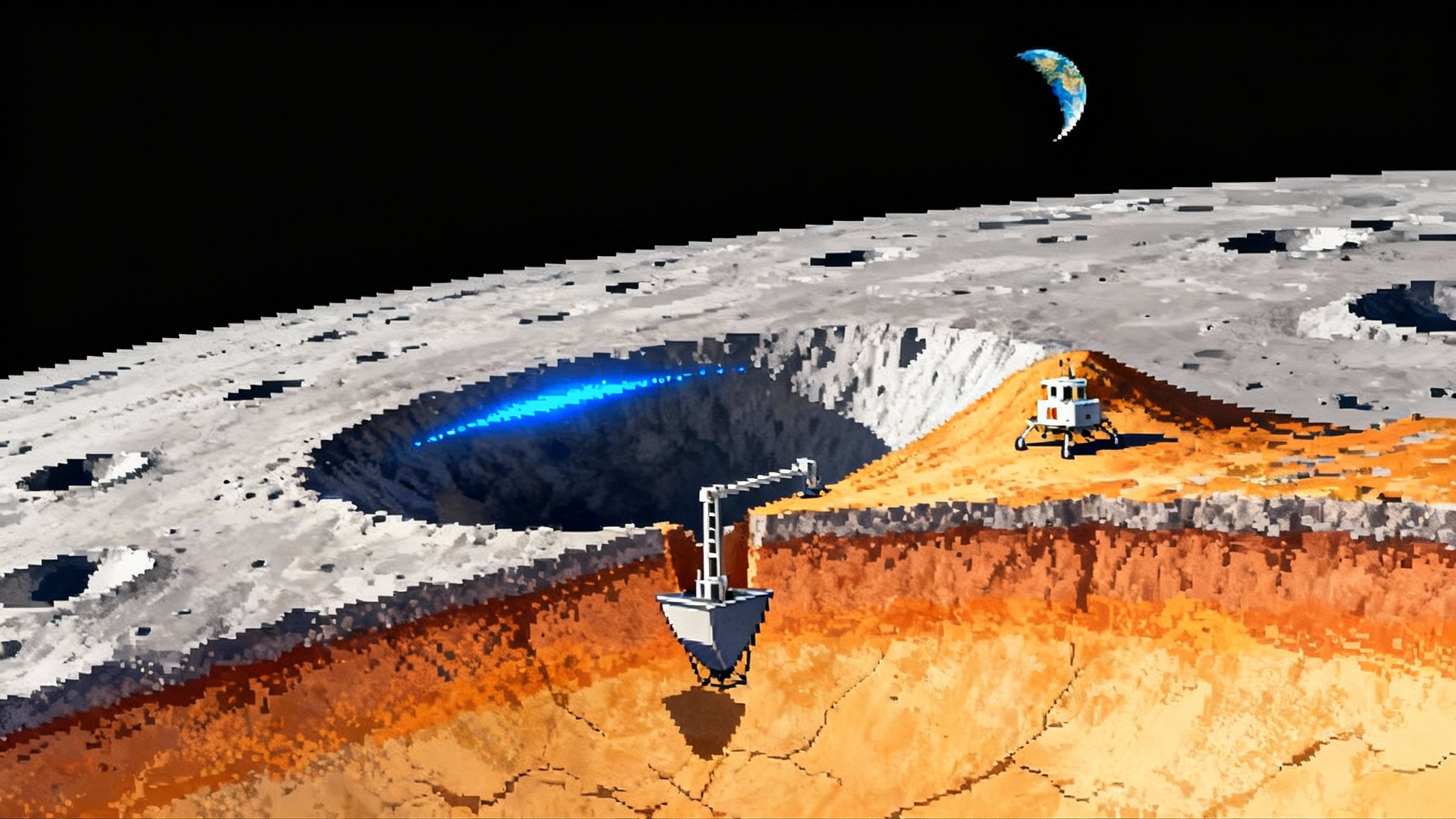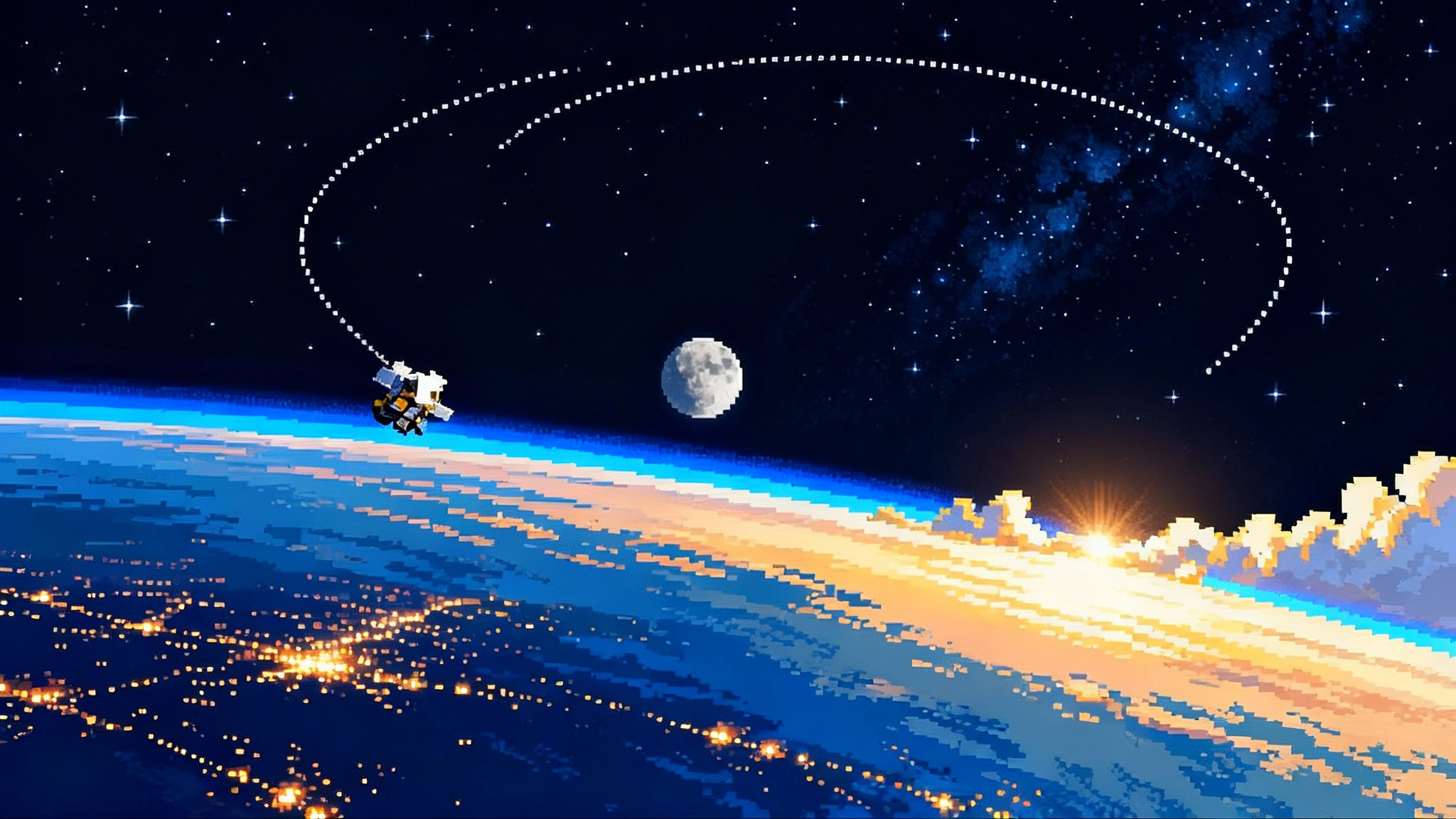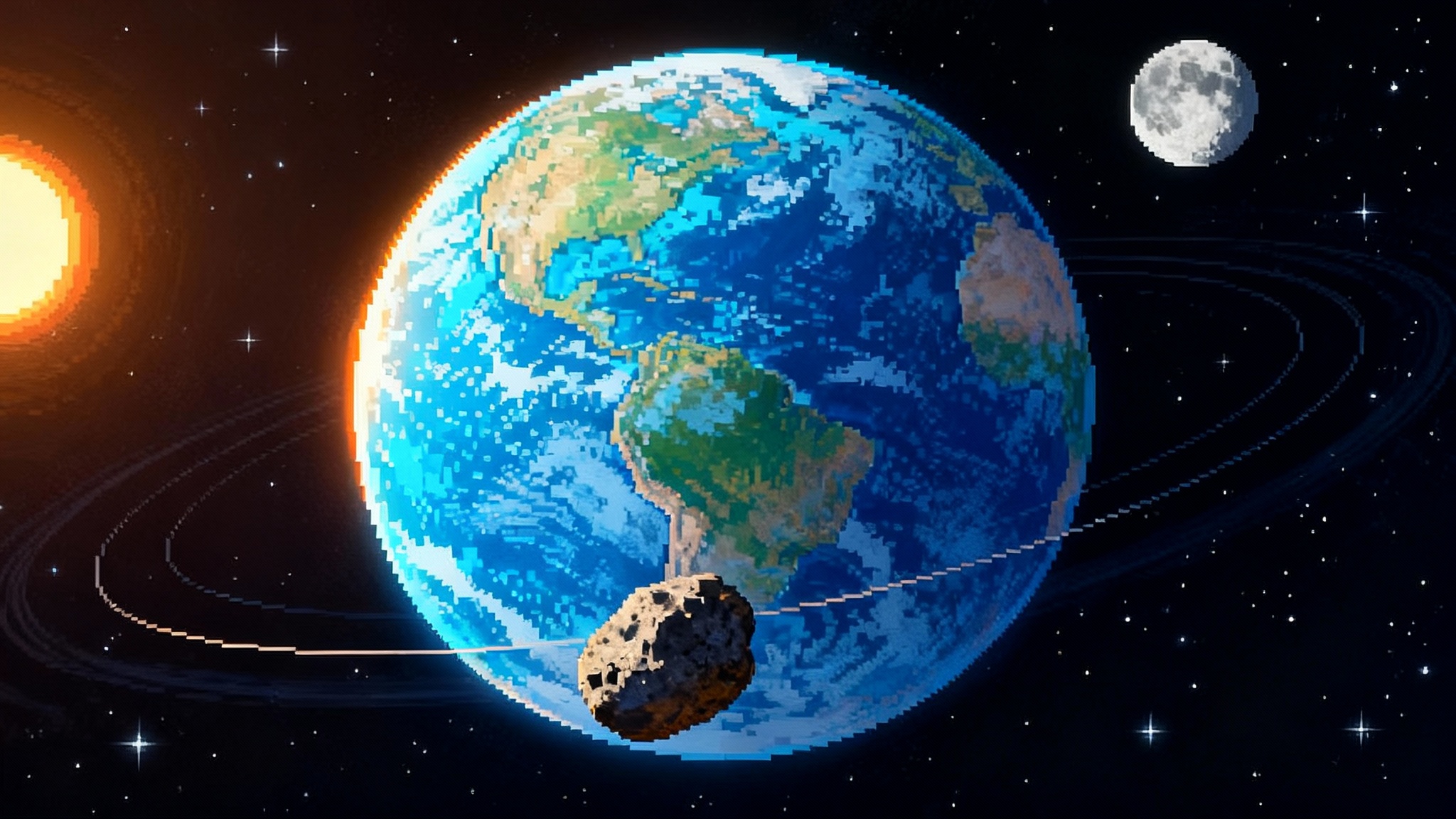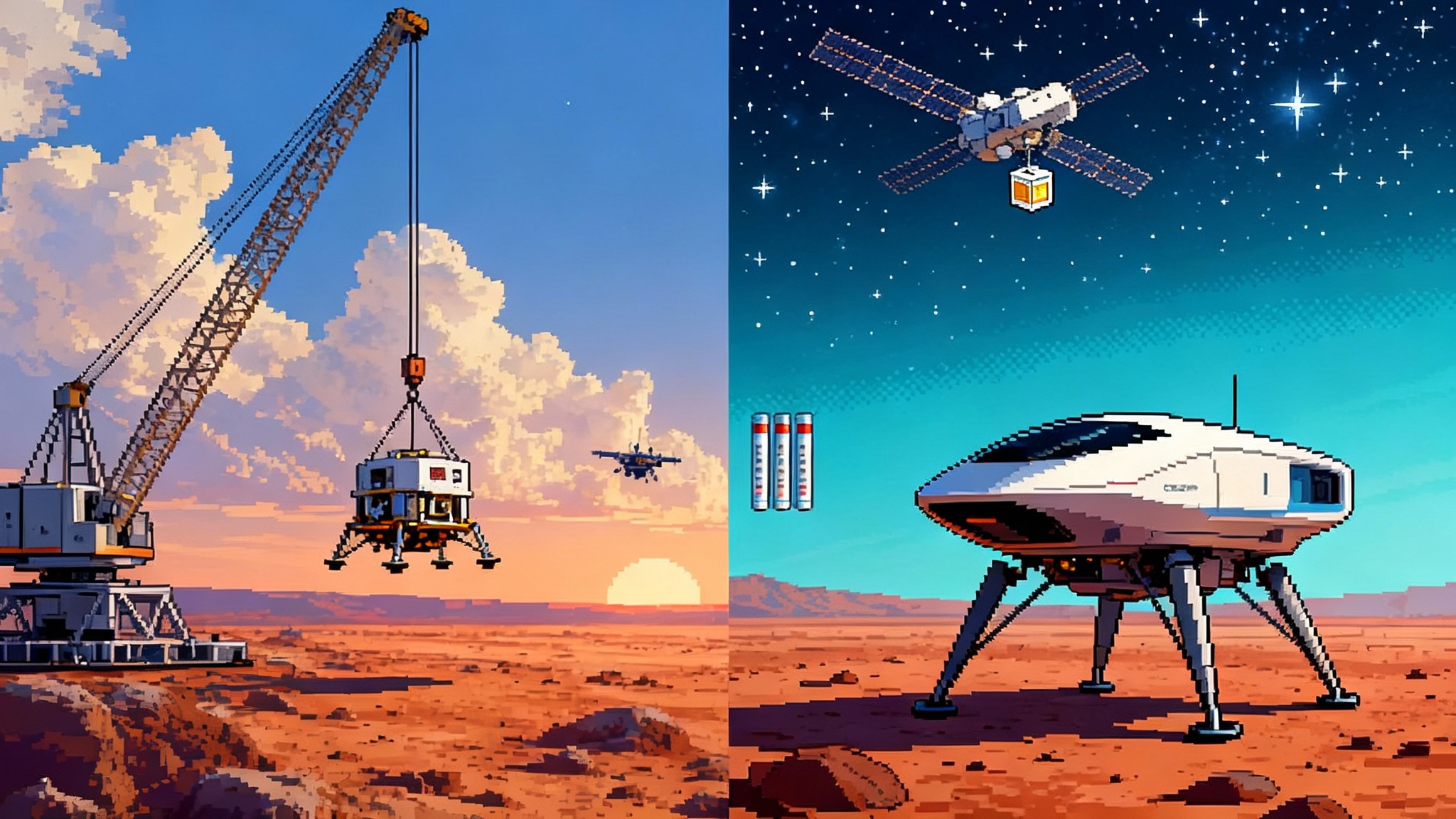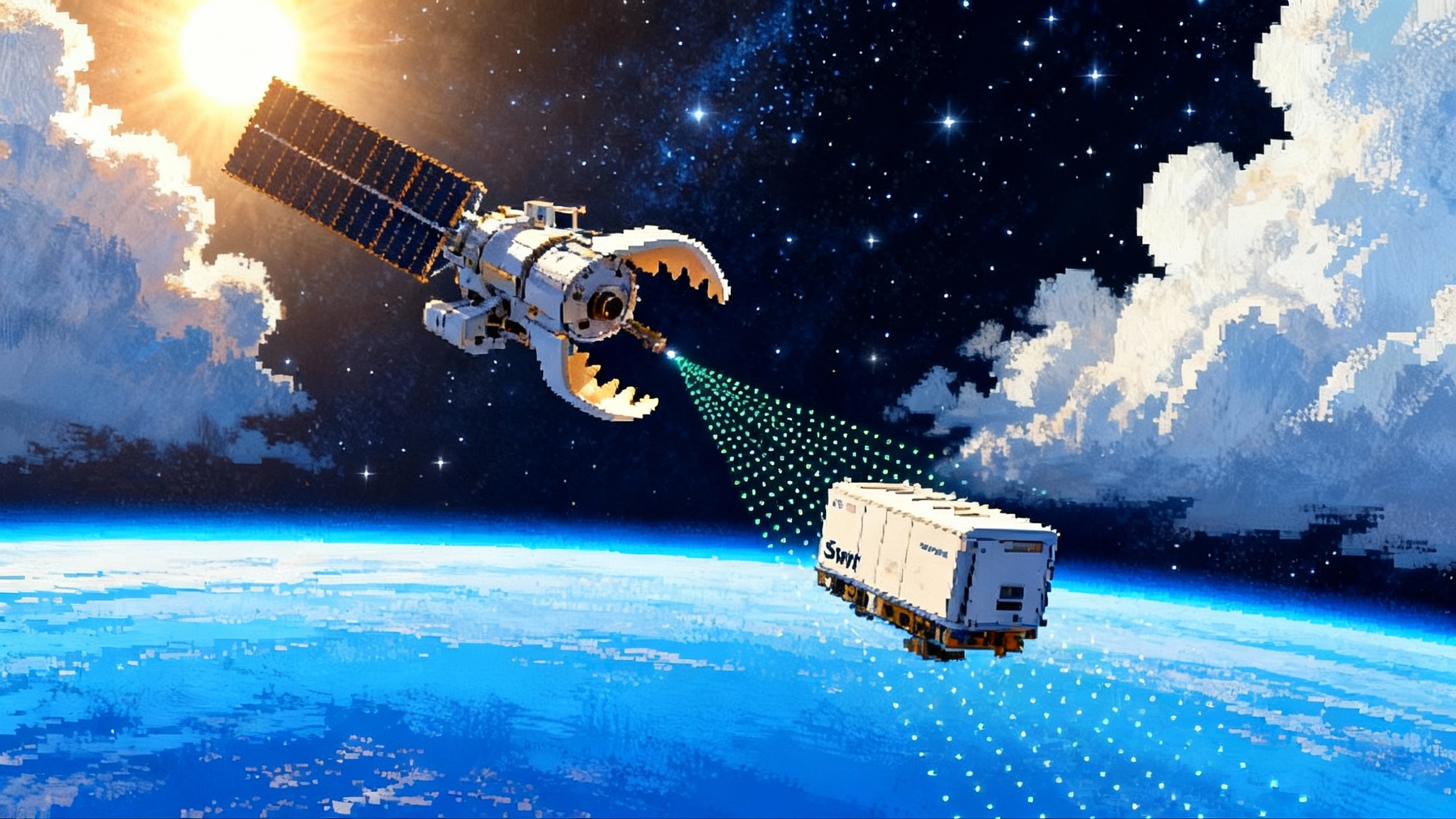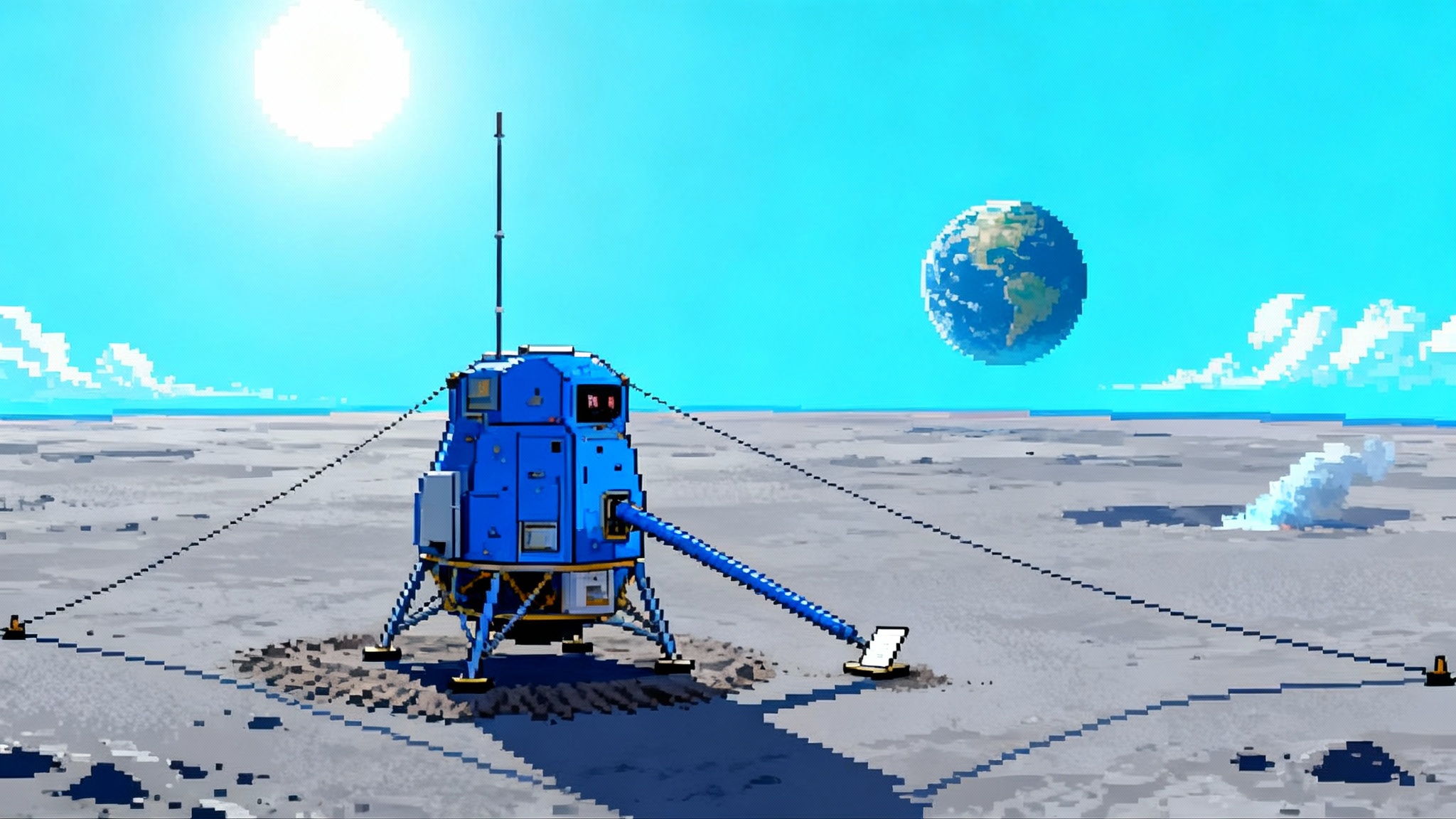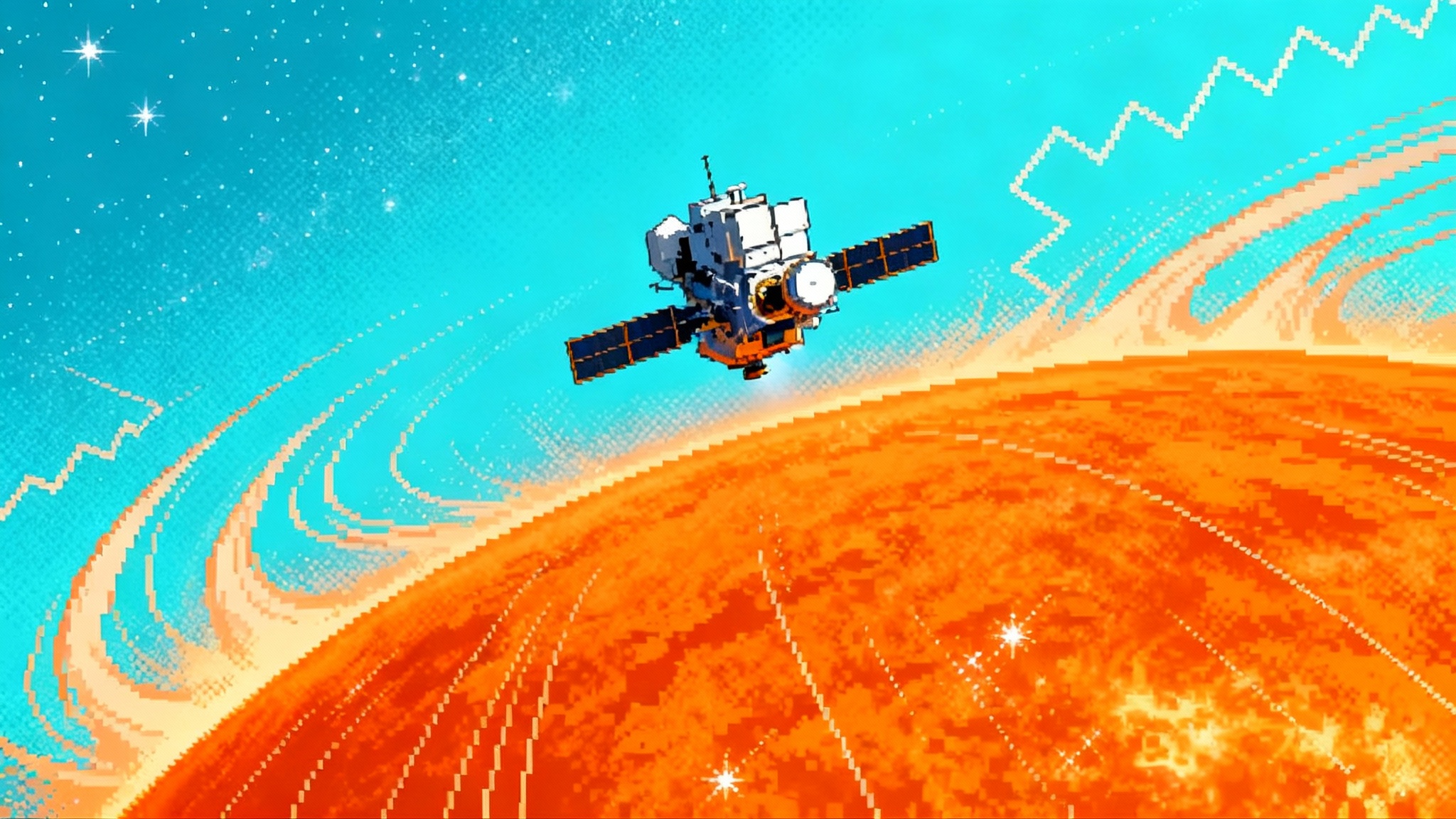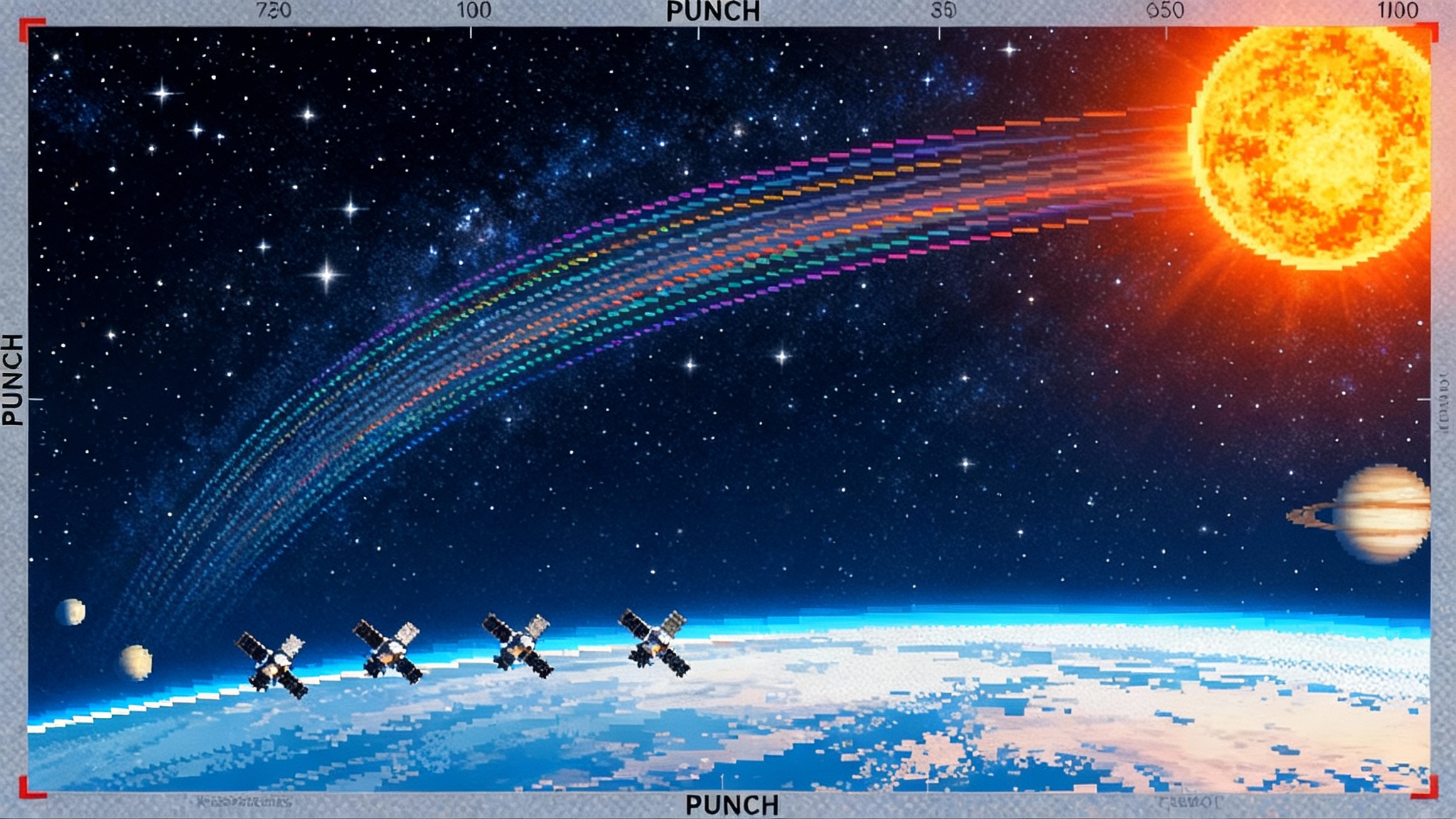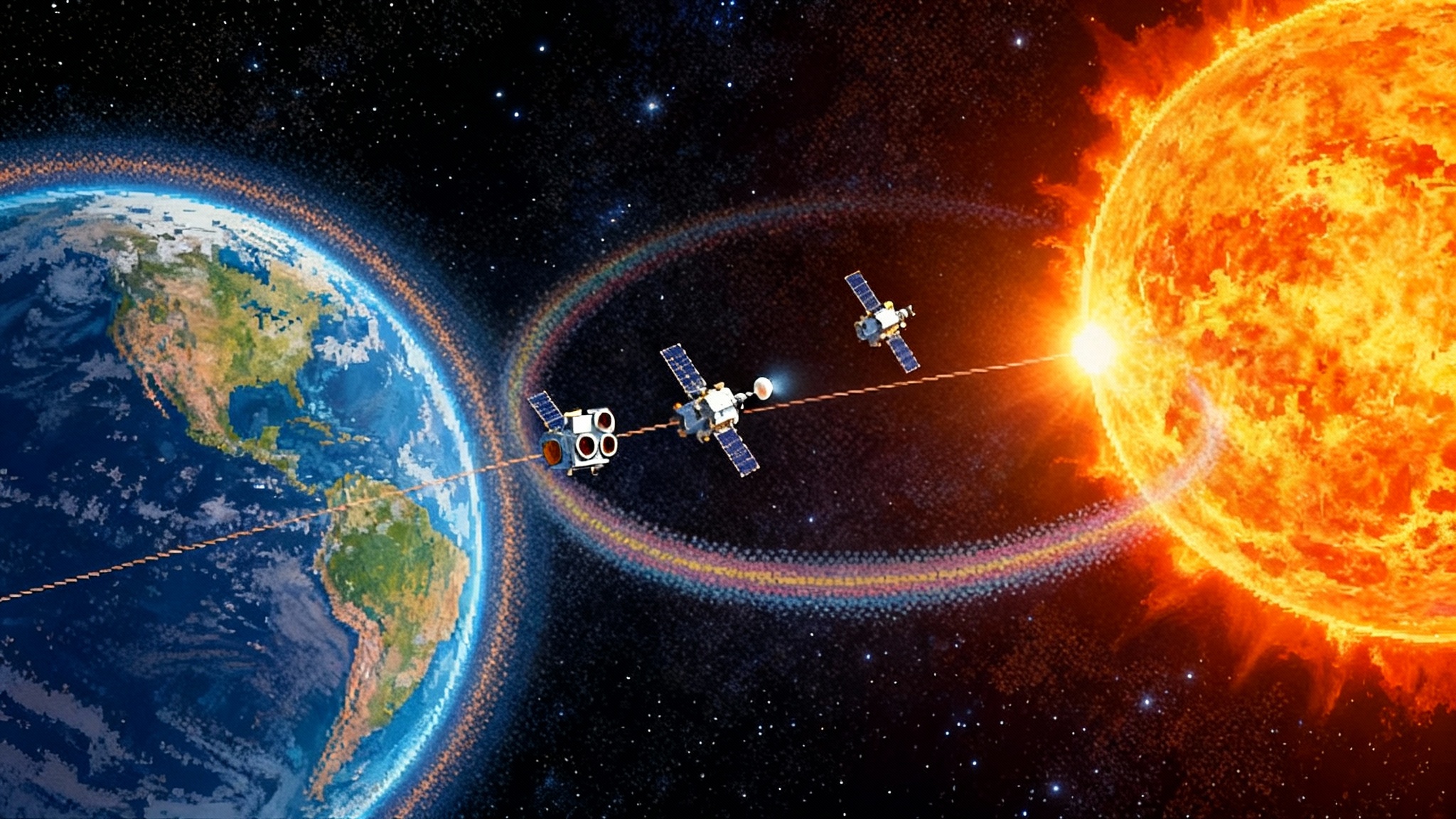Euclid’s first data is rewriting the dark universe map
Euclid’s first public data release (Q1) is already surfacing hundreds of strong gravitational lenses and kickstarting fresh tests of dark matter and dark energy. Here’s how AI and citizen scientists turned sharp imaging into fast physics, and what to watch next.
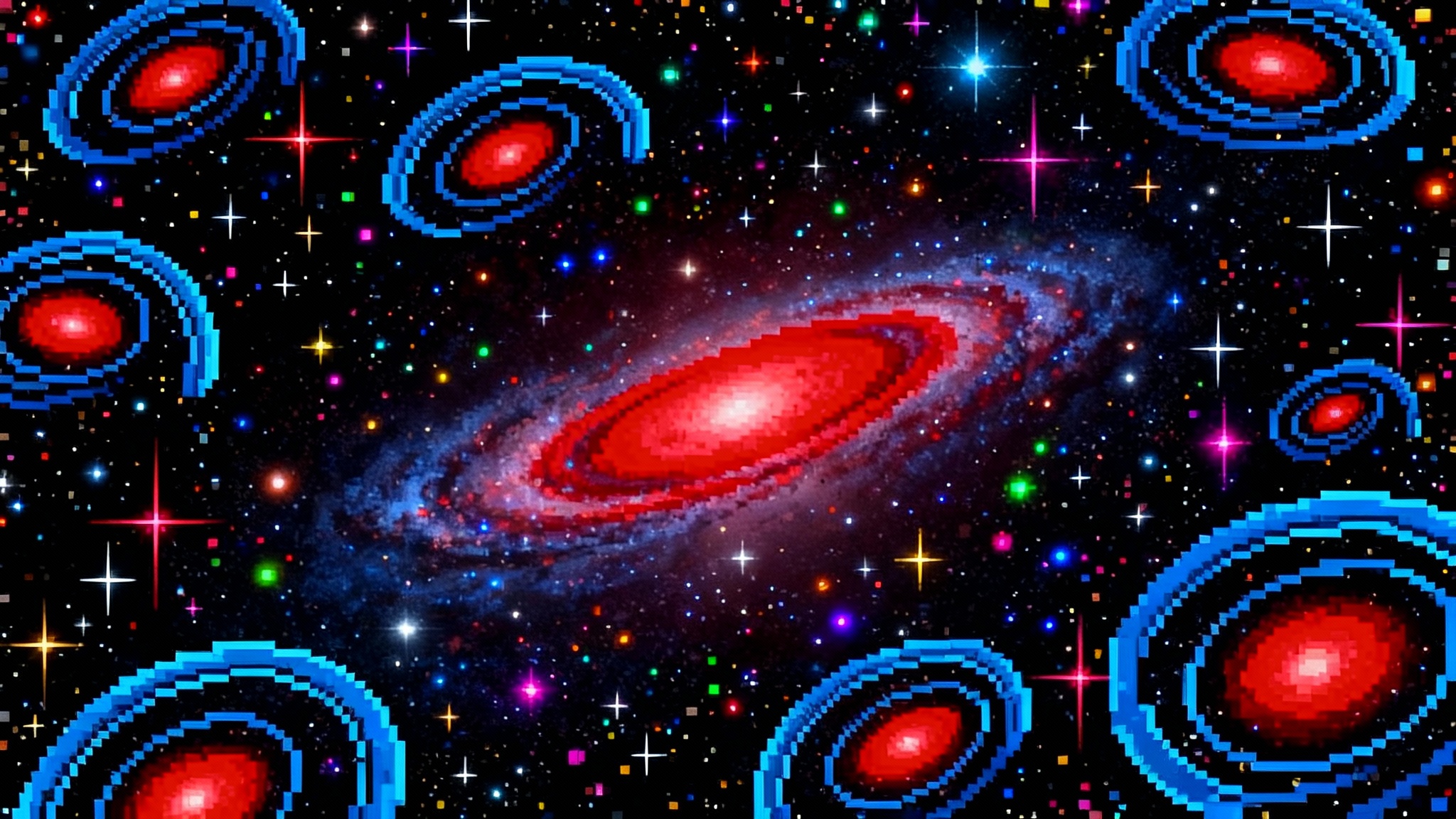
Key takeaways
- Q1 dropped on March 19, 2025, spans 63.1 square degrees across the Deep Fields, and catalogs roughly 26 million detections.
- The first pass yielded about 500 galaxy–galaxy strong lens candidates, most previously unknown, with thousands forecast in 2026 and up to ~100,000 by mission end.
- AI plus citizen science accelerates discovery while enabling new tests of dark matter, dark energy, and galaxy evolution.
A quick start that surprised everyone
On March 19, 2025, the Euclid team opened the gates to its first public trove of science data, the Quick Data Release 1. Q1 covers 63.1 square degrees across Euclid’s three Deep Fields and packs roughly 26 million detections into finely calibrated catalogs. The release includes high-resolution optical imaging from the VIS instrument, near-infrared imaging and slitless spectroscopy from NISP, plus matched ground-based photometry. It is not yet a cosmology release, but it is already a workbench for discovery and a preview of what the full survey will deliver. You can browse the core scope and documentation on the consortium’s page for the Q1 data release overview.
What caught many eyes immediately was not only how sharp and deep the images are, but how quickly they translate into new physics. In a single week of observations mosaicked into the Deep Fields, Euclid has delivered the raw ingredients for a step change in our map of invisible matter and the cosmic expansion history. The reason is strong gravitational lensing.
Why strong lenses matter right now
Strong lensing is nature’s cosmic magnifying glass. A massive galaxy and its dark halo warp space, splitting or arcing the light of a background galaxy into multiple images. The observed image geometry encodes the lens’s mass distribution, including the dark matter component that does not emit or absorb light. Every clean arc, ring, or multiple image system is both a discovery and a measurement tool.
With many lenses, the tools multiply. Ensembles of galaxy-scale lenses constrain how mass is arranged inside galaxies and how that distribution changes with cosmic time. The statistics of dark subhalos predicted by cold dark matter models leave subtle imprints in lensed arcs; detect enough of them and you can test whether dark matter is cold, warm, or more exotic. Cluster-scale lenses chart the densest knots of the cosmic web, tracing the interplay of gravity, gas, and galaxies in environments where dark matter dominates the bookkeeping.
Euclid was designed to combine lensing methods at scale. Its weak-lensing program will statistically measure tiny distortions in billions of background galaxies over more than a third of the sky. Strong lensing, in contrast, provides high-signal measurements on a case-by-case basis. Put together, they let cosmologists cross-check the growth of structure, calibrate mass measurements, and probe the physics of the dark sector from complementary angles.
The surge: hundreds of lenses in the first release
The headline result from Q1 is a first catalog of about 500 galaxy–galaxy strong lens candidates mined from the Deep Fields. Almost all of them were previously unknown. The path to those candidates is a modern one: an initial pass by machine learning to flag arc-like features, a wave of citizen-science inspection to cull false positives, and expert modeling to refine the sample. Mission scientists estimate that this pipeline will scale rapidly. They forecast thousands of candidates in the first major cosmology data release planned for the end of 2026, and on the order of one hundred thousand by the end of the mission. See ESA’s summary of the approach and expectations in their note on strong lenses captured by Euclid.
A sample this large is a leap. Before Euclid, strong lenses numbered in the low thousands worldwide, amassed by surveys like the Sloan Digital Sky Survey, the Dark Energy Survey, and Hyper Suprime-Cam, often with time-consuming human vetting. Euclid’s space-based resolution and stable point spread function make arc detection cleaner and more uniform. And because Q1 already includes NIR imaging and spectroscopy, many candidates come with immediate color information and basic spectral features, improving prioritization for follow-up.
Under the hood: how Euclid finds lenses fast
The search pipeline begins with Euclid’s VIS images, which reach space-based resolution across large areas without atmospheric blurring. Convolutional neural networks trained on simulations and previously known lenses sweep the data for arc-like morphologies and partial rings. The models are tuned to reject lookalikes such as tidal features, edge-on disks, or diffraction ghosts, while allowing for the variety of arcs produced by real lenses.
Next comes human pattern recognition at scale. Thousands of volunteers triage the algorithm’s candidates through structured visual inspection, rapidly separating obvious non-lenses from plausible arcs. This step is crucial because it reduces bias. Humans are good at spotting rare morphologies and corner cases that an early-stage model might mishandle. The synergy goes both ways: human votes become fresh labels that improve the next generation of the model.
Shortlisted candidates then receive expert attention. Teams cross-match the lens and source galaxies with photometric and spectroscopic catalogs, fit lens models to verify plausibility, and assign priorities for deeper spectroscopy or high-resolution follow-up. Where NISP slitless spectra capture emission lines in the background source, analysts can estimate redshifts in the same field, turning a candidate into a system with initial physical parameters. Each of these layers raises the purity and usefulness of the catalog.
What the new lenses already reveal about dark matter
Even before the first cosmology release, the Q1 lens sample can illuminate the structure of galaxy-scale halos. A single arc constrains a combination of mass within the Einstein radius and the slope of the mass profile; a population across redshift bins maps how those quantities evolve. The ensemble tests whether the inner density of halos steepens or shallows with time and galaxy type, and how baryonic processes such as star formation and feedback reshape dark matter on kiloparsec scales.
Substructure is the second payoff. Cold dark matter predicts a swarm of subhalos orbiting inside larger halos. If dark matter were warm or self-interacting, that subhalo population would be suppressed or altered. Tiny subhalos that are otherwise invisible reveal themselves by locally perturbing lensed arcs and rings. With hundreds of clean systems now and tens of thousands coming, Euclid can perform population-level inferences that were previously limited by small-number statistics.
At cluster scales, strong lensing complements weak lensing shear maps of the same fields. The strong regime pins down the central mass distribution with high precision, while weak lensing traces the outer envelope. Joint modeling calibrates mass–observable relations used to turn cluster counts into cosmological constraints, reducing systematics that limit inferences on parameters like the matter density and the amplitude of structure growth.
Testing dark energy with geometry and growth
Euclid’s core strategy for dark energy is to measure both expansion history and structure growth. Baryon acoustic oscillations and redshift-space distortions from its spectroscopic survey map the geometry and the rate at which galaxies cluster. Weak lensing shear across the wide survey measures how structures grow as the Universe expands. Strong lensing adds leverage by anchoring the mass scale on small, well-measured systems and by offering special cases such as time-delay lenses.
Time-delay cosmography uses variability in a lensed background source to measure the difference in light travel time along multiple paths. While Euclid is not a time-domain telescope, its catalogs will seed monitoring by ground-based surveys and networks. A well-modeled time-delay system provides a distance ratio that is sensitive to the Hubble constant and, when combined with other probes, to the dark energy equation of state. The key is scale: a larger, cleaner parent sample increases the odds of finding the rare systems that yield tight constraints.
Just as importantly, a rich lens sample helps test the internal consistency of the cosmological model. If the growth of structure inferred from weak lensing is in tension with the expansion history, strong-lens mass calibrations and substructure counts can help diagnose whether the issue is new physics, data systematics, or astrophysical complexity.
Galaxy evolution through a cosmic magnifying glass
Strong lenses are not only cosmological rulers. They are microscopes for galaxy evolution. The magnification from lensing turns distant, faint galaxies into detailed laboratories, stretching them into high-surface-brightness arcs where star-forming clumps and kinematic gradients can be resolved at earlier epochs than would otherwise be possible.
Q1’s combination of VIS imaging and NISP near-infrared data means many lensed sources already come with colors and, in favorable cases, emission-line redshifts in the same field. That opens doors to measuring star formation rates, metallicity-sensitive line ratios, and the presence of active galactic nuclei. In the Deep Fields, Euclid’s clean imaging also uncovers lensing by groups and poor clusters, where environment-driven quenching and gas stripping can be studied in tandem with dark matter structure.
This is where follow-up power multiplies the impact. High-resolution spectroscopy on large ground-based telescopes can map internal motions and chemical abundances across magnified sources. Space-based infrared observations can pierce dust and reach rest-frame optical lines at higher redshifts. For a concrete example of how space-based imaging changes the playbook, see our feature on JWST images Saturn-mass TWA 7 b. Because Q1 publishes well-characterized images and catalogs, those follow-up programs can start now instead of waiting years.
What the next releases could unlock
Q1 was intentionally scoped to be a sampler. It demonstrates data quality, products, and pipelines, and it gives the community something real to stress-test. The major cosmology data release planned for the end of 2026 will be different in scale and purpose. It will include a much larger fraction of the wide survey, deeper stacks in the Deep Fields, and refined calibrations of the point spread function, photometric zero points, and spectroscopic completeness. With those ingredients, Euclid will tackle the headline goals: precision measurements of weak lensing shear correlations, galaxy clustering and redshift-space distortions, and joint probes that break parameter degeneracies.
On the strong-lensing front, the scaling is dramatic. Thousands more candidates will arrive simply from increased area and depth. The purity of the catalogs will rise as models learn from the Q1 vetting. The lens redshift distribution will widen, enabling measurements of how mass profiles evolve. Cluster lensing statistics will sharpen mass calibrations for counts of massive halos, a key input for cosmology. And if the forecast of roughly one hundred thousand lenses by the end of the mission holds, Euclid will shift the field from artisanal modeling of single systems to industrial-scale population inference.
Beyond cosmology, the expanded releases will be a windfall for galaxy evolution and black hole growth. Uniform morphological catalogs across billions of galaxies will let astronomers track how disks, bulges, and bars assemble over time. The deep spectroscopic sample will map the rise and fall of star formation and connect it to environment and halo mass. Lensing-selected samples will power studies of the interstellar medium at high redshift, including resolved maps of metallicity and ionization where magnification makes intrinsically faint structure visible.
AI plus citizen science is the new discovery engine
One of Euclid’s quiet revolutions is social and technical. Big sky surveys do not just produce more data; they produce different ways to do science. In Q1, machine learning sifted millions of image cutouts to find arc-like features with a speed no human team could match. Citizen scientists provided the intuition and quality control that algorithms still lack. Experts synthesized both to turn candidates into well-vetted catalogs. For a parallel example of how coordinated observations reshape a field, see our report from heliophysics, Inside the corona at solar max.
That loop will only get tighter. As volunteers flag false positives and rare morphologies, those examples become fresh training data. As models improve, they hand volunteers cleaner candidate sets. The feedback accelerates discovery while keeping the process transparent. It also makes the science more robust. Diverse eyes and independent methods reduce the risk that a single algorithmic bias shapes the headline results.
How to follow along and get involved
Because Q1 is public, the door is open to students, advanced amateurs, and researchers who want to contribute. The simplest path is to explore the Deep Fields and practice lens spotting on your own, then join organized efforts when they open new batches for inspection. If you prefer code to clicks, try building a small classifier on open cutouts and test how human-labeled examples improve your model. If you work in spectroscopy, look for promising candidates with accessible emission lines and plan efficient follow-up.
Collaboration is the theme. Euclid’s data are designed to play well with others, from ground-based optical imaging that deepens color information to time-domain surveys that can monitor lensed quasars for time delays. When you see an arc in a Euclid image, think about what another facility can add. That is how the map of the dark universe gets sharper: one clean measurement at a time, many times over, across teams and telescopes.
The road ahead
Euclid launched in 2023 to do something ambitious and simple to describe: map the geometry and growth of the Universe well enough to test ideas about dark matter and dark energy. Q1 shows how that ambition starts paying off. With just a sliver of the planned survey, the mission has delivered a new lens catalog, new targets for follow-up, and a clear demonstration that AI plus citizen science can scale discovery without sacrificing rigor.
If you want a single takeaway, take this: the frontier is not waiting for the final data release. It is moving now. Each new pass over the Deep Fields will add arcs and rings. Each improved calibration will sharpen weak-lensing maps. Each cross-survey comparison will either reinforce the standard cosmological model or reveal where it bends. By the time Euclid’s first cosmology release lands at the end of 2026, the community will already be leaning on the results that Q1 made possible.
And when the mission reaches full stride, with tens of thousands of lenses and billions of galaxies mapped, we will have something close to a new atlas of the dark universe. Not just a picture, but a testable model of how invisible matter sculpts the visible cosmos and how a mysterious energy steers its expansion. Q1 is the opening chapter. The plot is already thickening.
